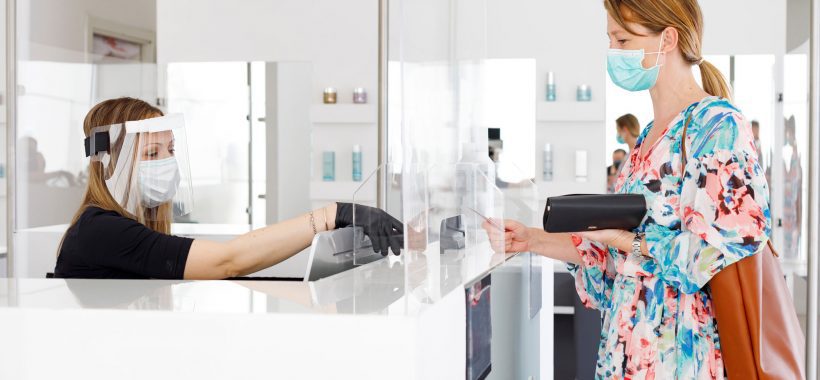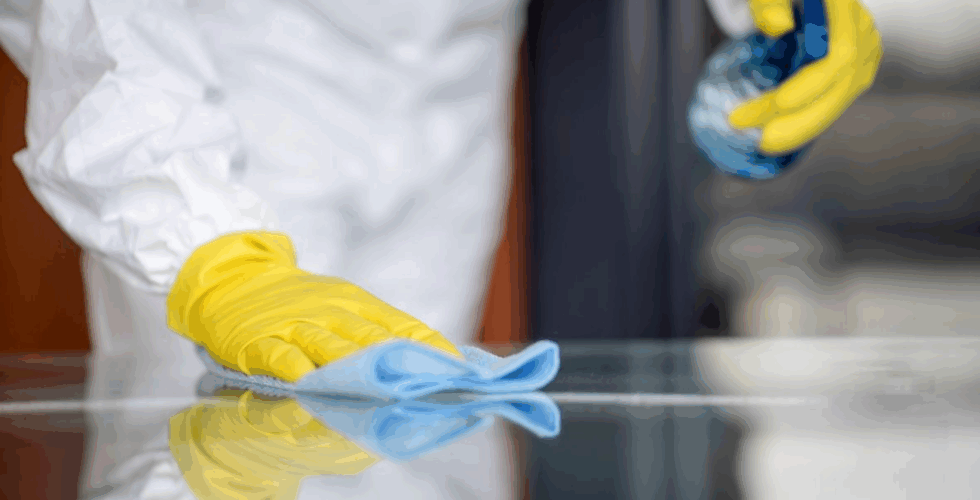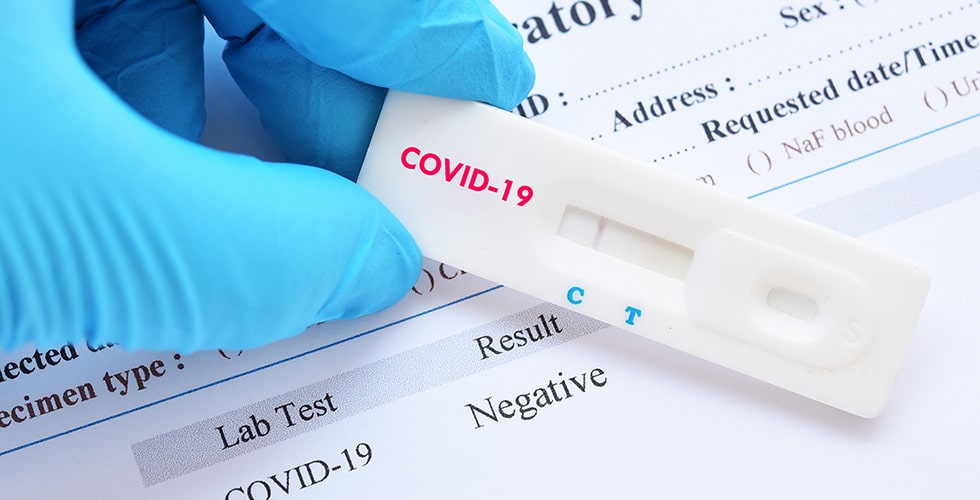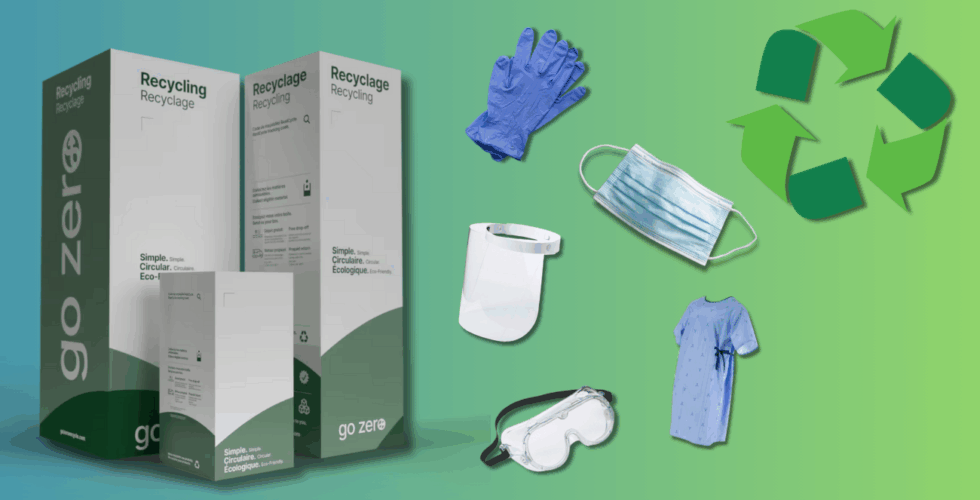Extreme Heat: Why a Workplace AED Is Indispensable
Extreme heat waves are becoming more frequent, and their consequences on workplace health are becoming increasingly severe. In addition to dehydration and exhaustion, extreme heat can cause cardiac problems, sometimes fatal. Extreme heat: why every company should have a defibrillator on site is no longer just a question, but a necessity to ensure employee safety. This is why every company should consider the presence of a workplace AED as an essential preventive measure. According to Health Canada data, hundreds of cases of cardiac arrest occur each year in professional environments, particularly during prolonged heat waves. This reality requires a proactive response.
1. What Is an Automated External Defibrillator (AED)?
An AED is a portable device that restores a normal heart rhythm in the event of sudden cardiac arrest. It automatically analyzes the electrical activity of the heart and, if necessary, delivers an electric shock (defibrillation).
Difference from a pacemaker: The pacemaker is permanently implanted to help regulate the heart rhythm. The AED, however, is used in emergency situations. It is designed to be easy to use, even by someone without advanced medical training.
The AED gives clear voice instructions to the user, allowing for quick action without hesitation. Having a workplace AED is therefore an invaluable asset to improve the chances of survival of a person in cardiac arrest, especially in the workplace.
2. Extreme Heat and Cardiac Arrest: What’s the Connection?
Extreme heat places intense stress on the body, particularly the cardiovascular system. Prolonged exposure to high temperatures can:
- Accelerate heart rate
- Dehydrate the body and thicken the blood
- Trigger an arrhythmia
Aggravating factors: physical effort, medication, chronic illness, exposure to chemicals. In industrial environments, these factors are often present simultaneously, which amplifies the risks.
Example: A warehouse worker, exposed to heat without adequate ventilation, collapses due to heart failure. Having a workplace AED could have increased his chances of survival. Once again, extreme heat: why every company should have a defibrillator on site finds a concrete answer here.
The link between high temperatures and cardiac rhythm disorders is well documented. Heat waves cause an increase in emergency interventions for cardiac distress, including in the workplace.
3. Why a Workplace AED?
Every minute counts in the event of cardiac arrest. An AED on site allows intervention before emergency services arrive.
3 Key Reasons:
- Save vital time: survival chances decrease by 7 to 10% per minute without intervention.
- Adapt to climate reality: heat waves increase the risk.
- Protect high-risk workplaces: industries, workshops, warehouses, offices without air conditioning.
A workplace AED also helps establish a culture of prevention and safety. It shows that the employer cares about the health of their teams, which can strengthen engagement and well-being at work.
In this context, we better understand extreme heat: why every company should have a defibrillator on site. Having a workplace AED becomes an organizational responsibility.
4. Impaired Abilities at Work: A Warning Sign
An employee whose faculties are weakened by heat may show:
- Confusion or speech difficulties
- Loss of balance or extreme fatigue
- Loss of consciousness
These signs must alert colleagues. They can precede cardiac issues. The workplace AED then becomes an essential rescue tool.
Impaired abilities at work are not always recognized as an emergency indicator, but in the context of extreme heat, they must be taken seriously. This fully justifies the implementation of a rapid response plan with an AED available.
5. How to Properly Equip Your Business
Choosing the Right AED:
- Easy-to-use model (with voice instructions)
- Compliant with Health Canada standards
- Protected against heat, dust, and humidity
Where to Install It:
- Near high-traffic or isolated areas
- Easily accessible and marked with signage
Training Staff:
- Basic CPR and AED training
- Annual skills refreshers
Having a workplace AED is not enough: staff must also know how to use it effectively. Some companies even include AED practice sessions in evacuation or first aid drills.
6. Workplace AED Maintenance: A Vital Reflex
A poorly maintained AED may become unusable in an emergency. To avoid this:
- Regularly check battery and electrodes
- Follow the manufacturer’s recommendations
- Keep a maintenance log
According to Health Canada guidelines, component lifespans are limited. A non-functional device endangers lives. This is why every workplace AED must undergo regular checks.
Some AED models include self-diagnostic systems and automatically signal problems. The company should appoint someone responsible for regular maintenance of the equipment.
7. What Types of AEDs Should Businesses Choose?
There are several types of automated external defibrillators (AEDs), each suited to specific workplace needs. Choosing the right equipment ensures rapid, intuitive, and effective intervention.
The main types available:
- Fully Automatic AEDs: detect cardiac arrest and deliver a shock automatically. Ideal for workplaces with little training, as they reduce stress in emergencies.
- Semi-Automatic AEDs: require the user to press a button to deliver the shock, after analyzing heart rhythm. Suitable for environments where employees have received basic CPR training.
- AEDs with wall cabinets or complete kits: some models come with a wall-mounted cabinet, alarm, or integrated first aid kit. Perfect for companies wanting to integrate the AED into a visible and structured emergency plan.
8. Legal Framework and Best Practices
In Canada, while AEDs are not mandatory in all workplaces, they are strongly recommended in work environments and public facilities.
Best Practices:
- Integrate the AED into the emergency response plan
- Clearly display its presence and location
- Involve occupational health professionals in implementation
Some provinces already require AEDs in certain public spaces. Voluntary adoption in workplaces represents a strong commitment to safety.
Having a workplace AED is a proactive choice, recognized in many occupational safety protocols. It can also positively impact compliance with liability insurance requirements.
FAQ: Frequently Asked Questions
Can anyone use an AED?
Yes, modern AEDs are designed to be used by non-professionals. Voice instructions guide each step.
What if the victim has a pacemaker?
The AED can still be used, but electrodes should be placed away from the implant.
Can an electric shock make things worse?
No. The AED analyzes the heart rhythm and only delivers a shock if necessary. It is safe and accurate.
How do you know if the AED is working?
A light or sound indicates if the device is ready. Automatic self-tests are carried out periodically.
Does a large business need multiple AEDs?
Yes, if there are several floors or buildings, it is recommended to place an AED at each strategic location to reduce intervention delays.
Conclusion
Heat waves increase the risk of cardiac arrest in the workplace. Extreme heat: why every company should have a defibrillator on site is not just a slogan, but a reality of prevention. Having a workplace AED is a simple, effective, and potentially life-saving measure. Every company has the power to save a life by preparing for the unexpected. Act now: equip, train, and prevent.
Such an initiative can not only save lives, but also strengthen the company’s reputation as a responsible employer concerned about the health of its teams.

About Stéphane Maurais – Founder of Alco Prevention Canada
Since 1989, Stéphane Maurais has embodied passion, innovation, and determination in the service of road safety and the prevention of risks related to alcohol and drug use. Alongside his partner Ronald Chartrand—whose father tragically lost his life in a traffic accident in the 1970s—he founded Alco Prevention Canada, now recognized as a global leader in prevention solutions. These include certified single-use breathalyzers, electronic breath alcohol testers, drug screening tests, workplace health and safety programs, and event-based prevention tools.
Over a 36-year career, Stéphane Maurais has distributed millions of breathalyzers, helped save thousands of lives, and raised awareness among companies, government agencies, law enforcement, colleges, and universities around the world. He is also a pioneer in the fight against chemical submission, developing concrete tools to combat date rape drugs.
His commitment is unwavering:
“Every breath measured is a life protected. For 36 years, my mission has been simple: to save lives, one decision at a time.”
— Stéphane Maurais
Founder and President, Alco Prevention Canada











